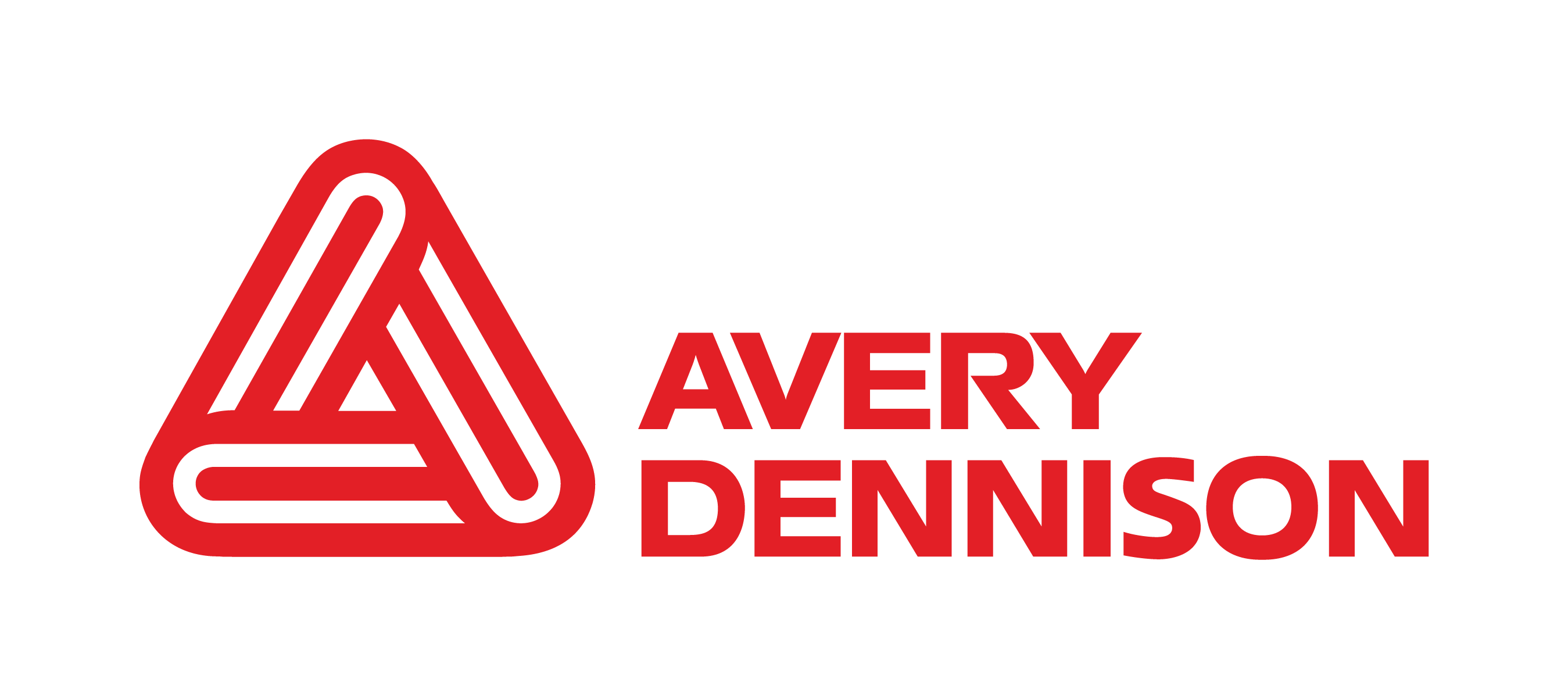Being involved before problems start
I’ve always believed the best results come when we’re part of a project early on. In automotive, labels are often treated as a last-minute detail, but when we’re involved from the design or development phase, we can make a real difference. That’s when we help define performance needs, recommend sustainable materials and prevent overengineering before it happens.
It’s also the stage where we can lock in compliance and qualification testing from the start. With seven adhesive technologies and dozens of face materials to choose from, the possibilities are wide — and so are the chances to miss something if the right discussions don’t happen.
Of course, things don’t always go perfectly. Sometimes a label fails in testing or a material change triggers an unexpected reaction. That’s when we move fast — visiting the production site, taking samples, recreating the conditions in our application lab and working closely with R&D until we find the fix. In some cases, the answer is already in our standard range; in others, we co-develop something completely new. Either way, we stay on it until the customer’s confident their label will perform.
Walking the line to spot what’s been missed
One of the things I enjoy most is doing line walks, which is essentially physically walking through production sites, looking for issues that might not show up in a spec sheet.
Recently, I visited a component manufacturer where labels had been layered into the process over time, without a full review. There were multiple types in use, each sourced separately, with no real consistency. We were able to consolidate materials, reduce complexity and improve reliability, all while cutting costs.
These aren’t fixes you find sitting at a desk. They come from being on-site, talking to engineers, watching the process and asking why things are the way they are. Often, there’s a workaround in place that’s been accepted for years until someone takes a fresh look.
I’ve seen how small changes in label design or placement can remove process risks, speed up production or help a customer hit a spec they’ve been struggling with. Those moments are incredibly rewarding and what makes my job feel fulfilling.



